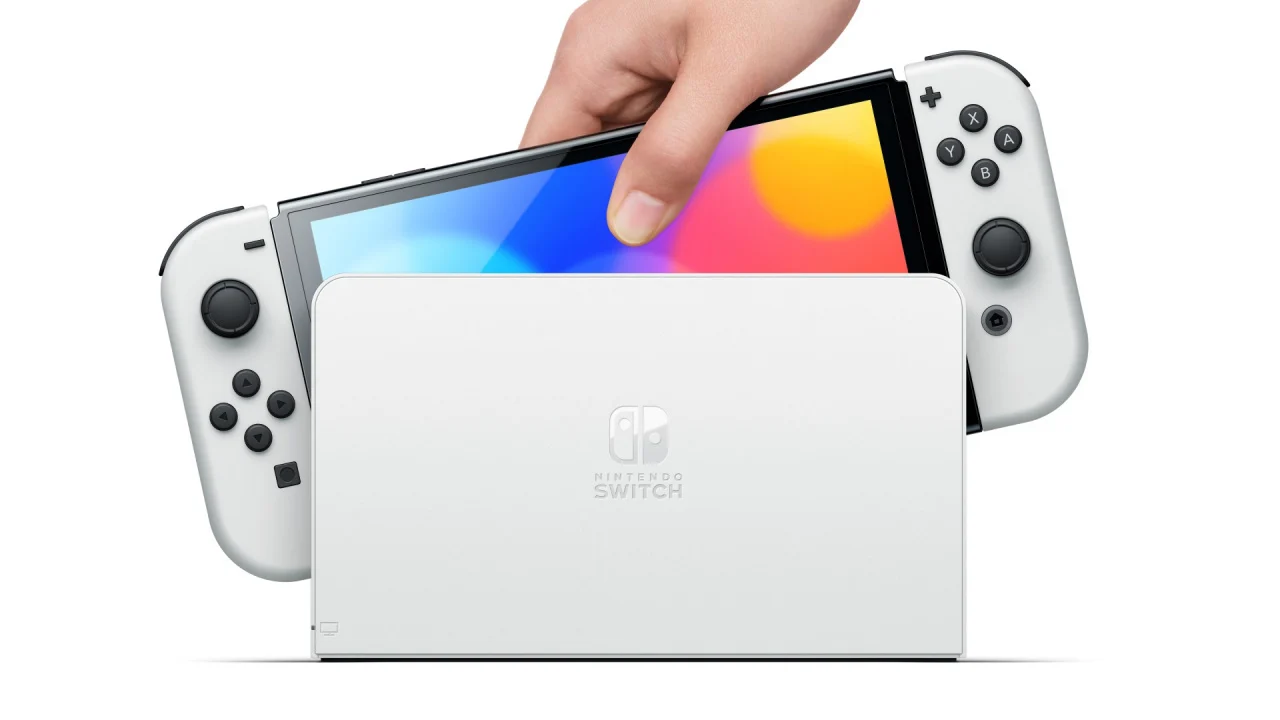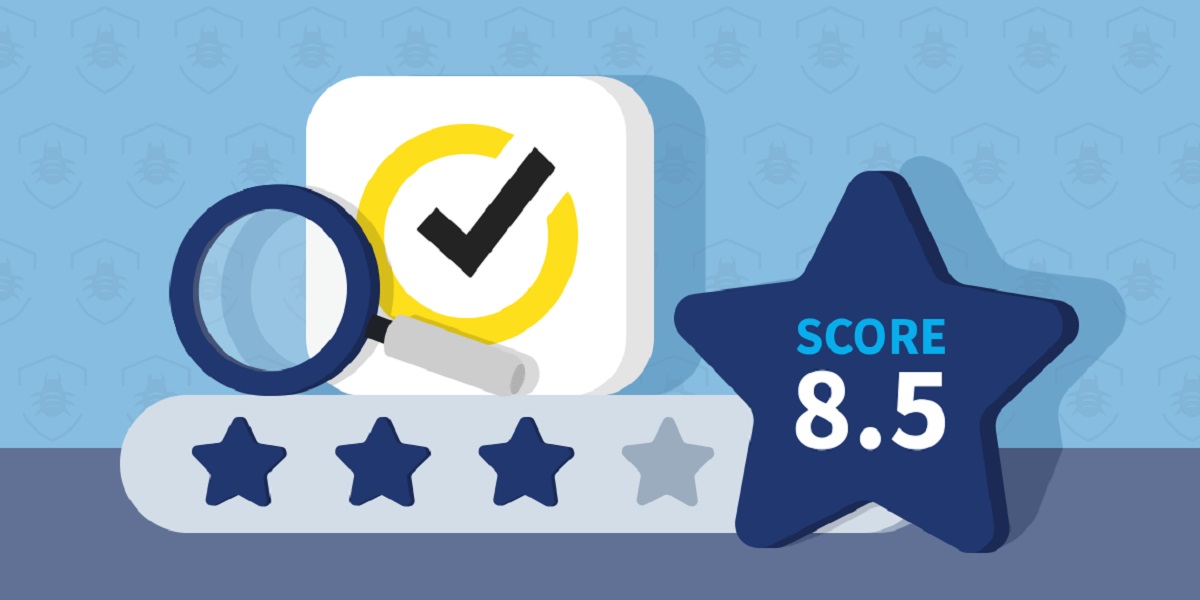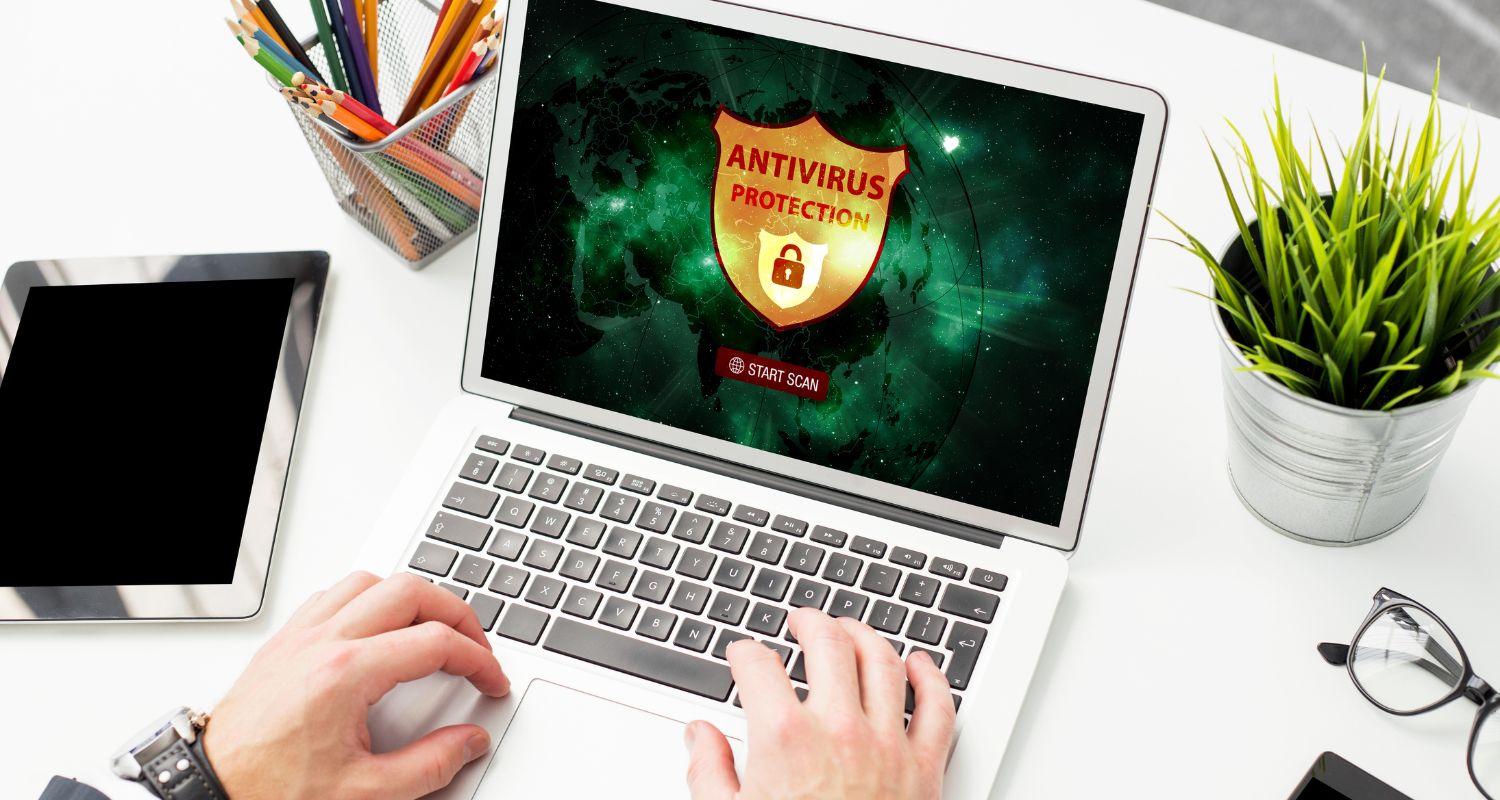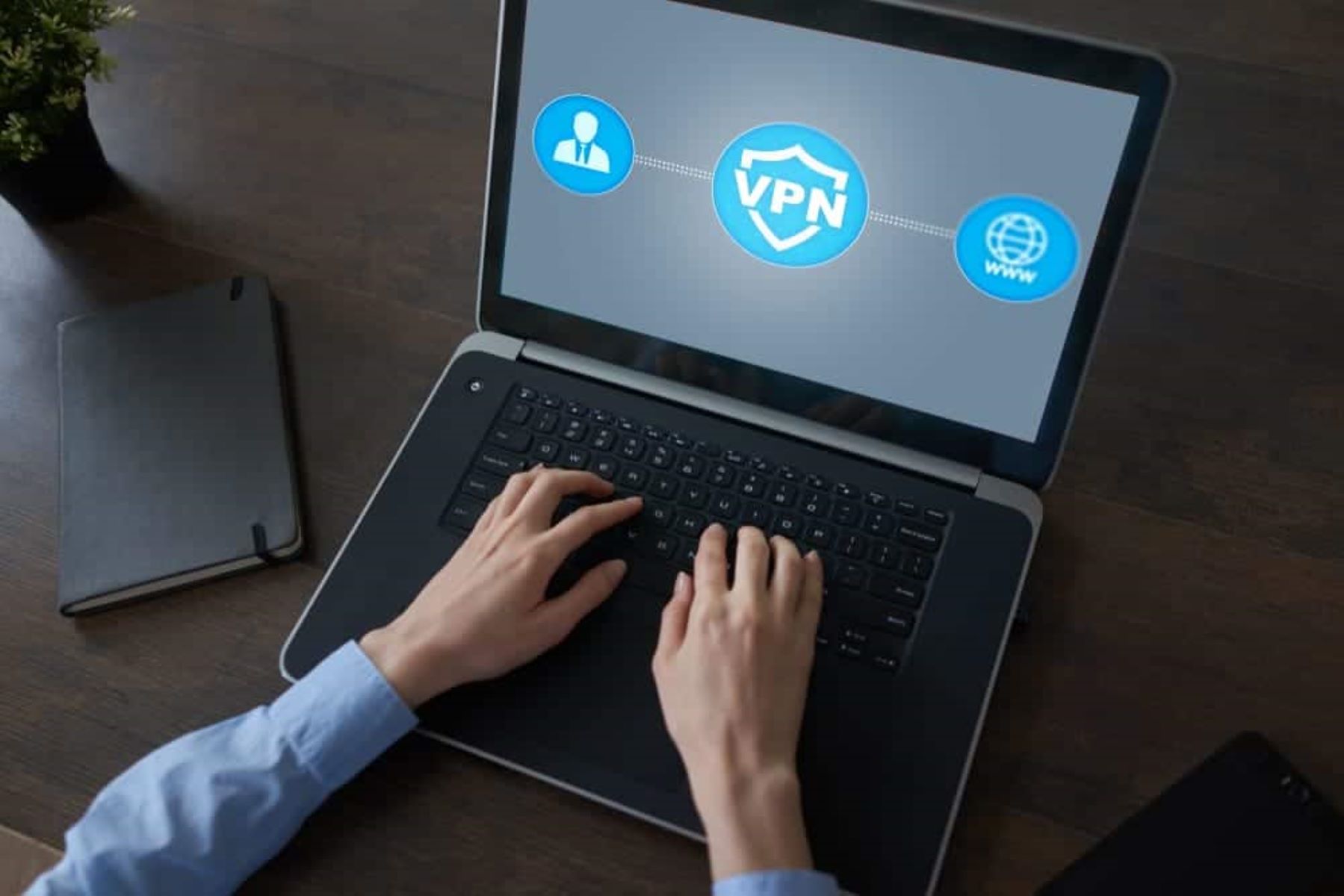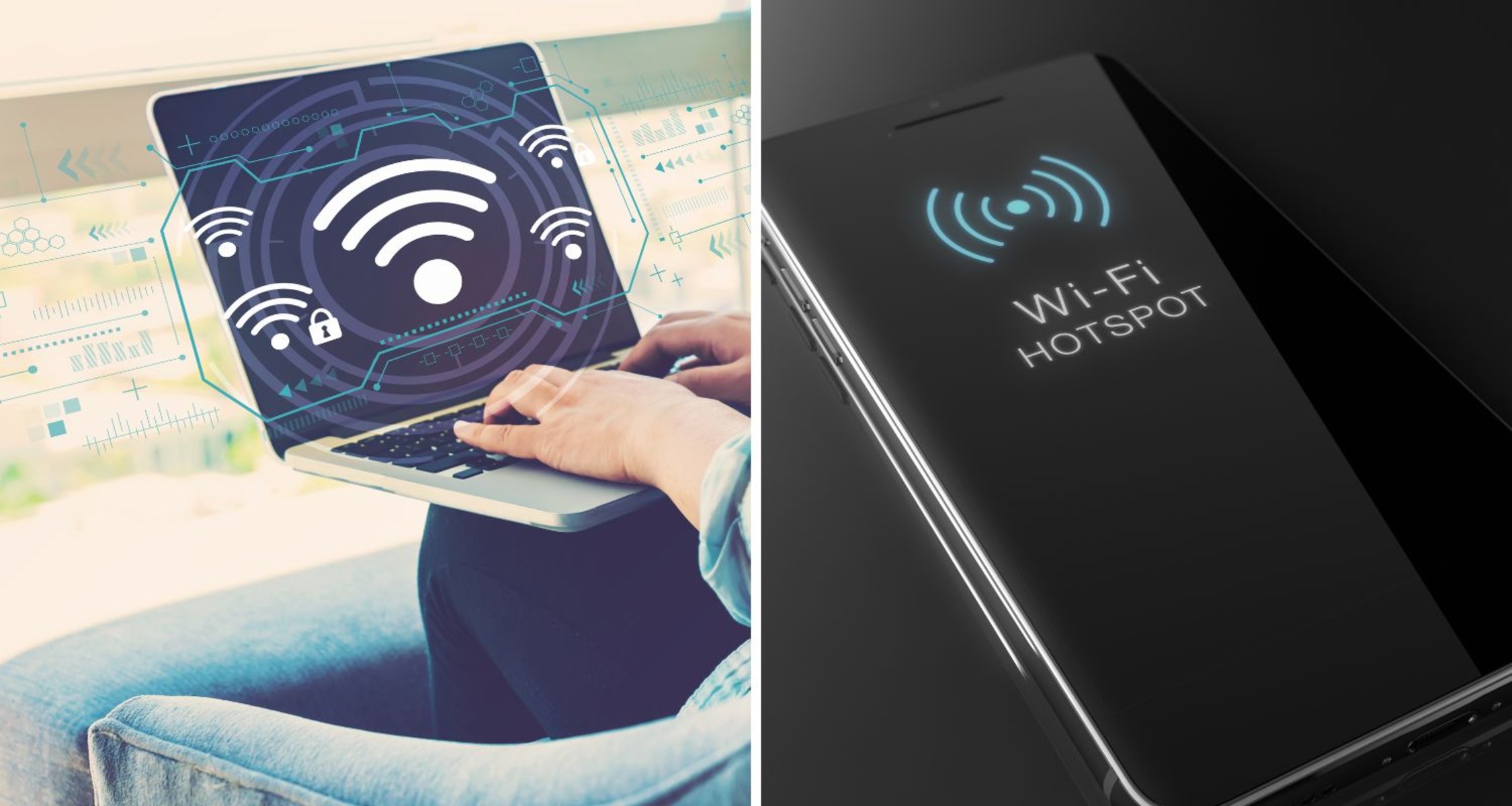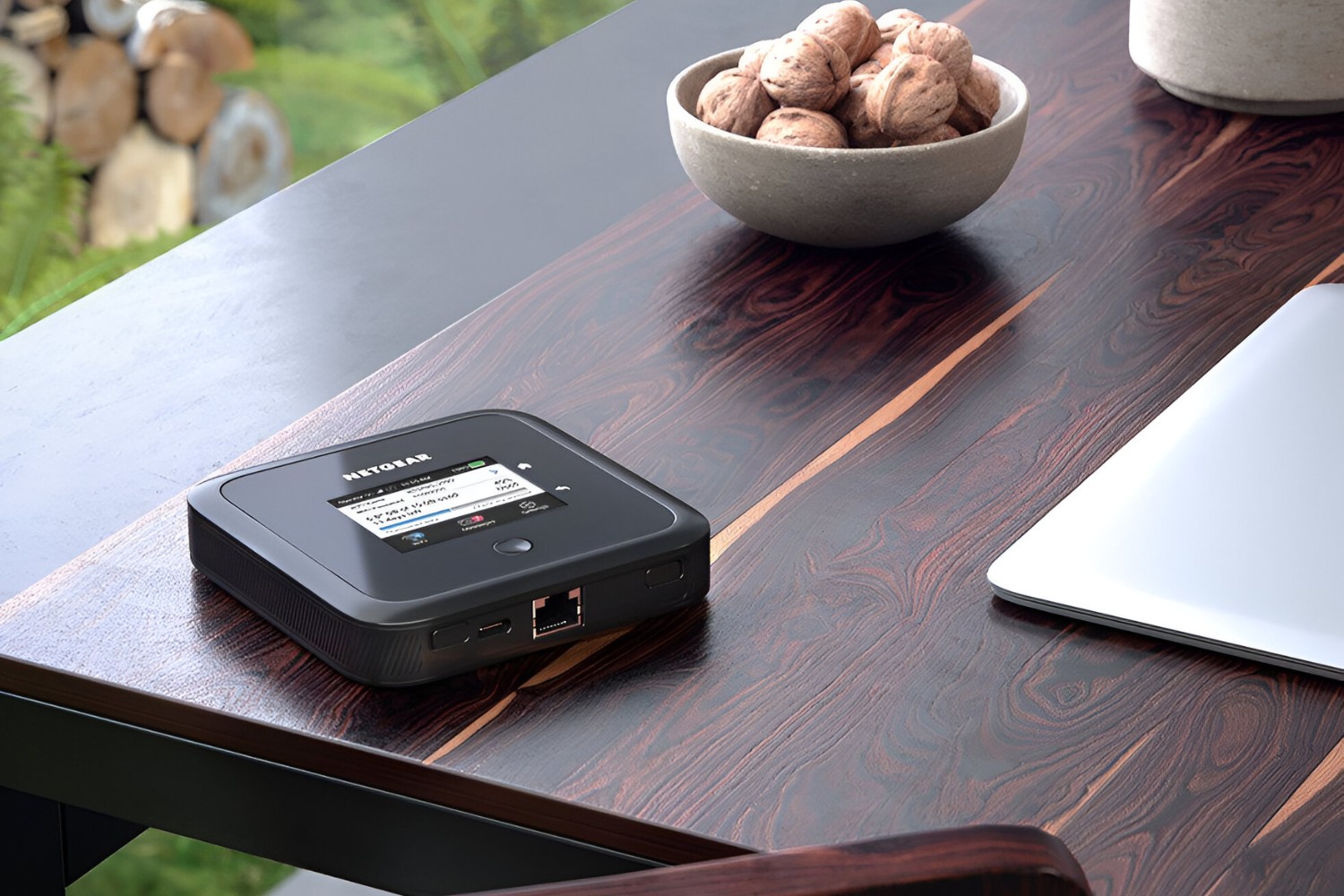Introduction
In today's fast-paced digital world, staying connected is more crucial than ever. Whether it's for work, school, or leisure, having reliable internet access on the go has become a necessity. This is where hotspot data comes into play, offering the flexibility to access the internet from virtually anywhere, using a smartphone, portable hotspot device, or other compatible gadgets.
The 25GB hotspot data plan is a popular choice for individuals and families seeking a balance between ample data allowance and cost-effectiveness. It provides a substantial amount of data that can be utilized for various online activities, such as browsing the web, streaming videos, attending virtual meetings, and more. However, understanding how to make the most of this data allocation is essential to avoid running out prematurely and experiencing disruptions in connectivity.
In this article, we will delve into the intricacies of 25GB hotspot data, exploring its functionalities, usage scenarios, and factors that can impact its duration. Additionally, we will provide valuable insights and practical tips for optimizing the usage of 25GB hotspot data, empowering users to make informed decisions and extend the longevity of their data allowance.
By gaining a deeper understanding of 25GB hotspot data and adopting effective strategies for its utilization, individuals can harness the full potential of their connectivity, ensuring seamless online experiences without exceeding their data limits. Let's embark on this journey to unravel the dynamics of 25GB hotspot data and discover the keys to maximizing its utility.
What is 25GB Hotspot Data?
25GB hotspot data refers to a specific allocation of mobile data that can be utilized for creating a Wi-Fi hotspot using a compatible device, such as a smartphone or dedicated mobile hotspot device. This data allowance enables users to share their internet connection with other devices, such as laptops, tablets, and other smartphones, effectively transforming their device into a portable Wi-Fi hotspot.
The 25GB data allocation represents the amount of data that can be used for hotspot tethering purposes within a specified billing cycle, typically a month. This data can be consumed by devices connected to the hotspot for various online activities, including web browsing, video streaming, file downloads, online gaming, and more.
With 25GB of hotspot data at their disposal, users can enjoy the flexibility of accessing the internet on multiple devices while on the go, without relying on traditional Wi-Fi networks. This is particularly useful in situations where conventional Wi-Fi access may be limited or unavailable, such as during travel, outdoor activities, or in areas with poor fixed-line internet connectivity.
It's important to note that the 25GB hotspot data allowance is separate from the regular mobile data allocation used directly by the primary device. This means that utilizing the hotspot feature to share the internet connection does not directly impact the data allowance designated for the primary device's own usage.
Overall, 25GB hotspot data serves as a valuable resource for staying connected and productive in diverse environments, offering a convenient solution for accessing the internet on multiple devices simultaneously. Understanding the nuances of this data allocation and its potential applications is essential for maximizing its utility and ensuring a seamless online experience, regardless of location or connectivity challenges.
How is Hotspot Data Used?
Hotspot data serves as a versatile tool for establishing internet connectivity on the go, enabling users to create a Wi-Fi hotspot from their mobile device's data connection. This functionality opens up a myriad of usage scenarios, catering to the diverse connectivity needs of individuals and businesses alike.
Sharing Internet Access
One of the primary uses of hotspot data is to share internet access with other devices. By activating the hotspot feature on a smartphone or dedicated hotspot device, users can create a localized Wi-Fi network that allows other Wi-Fi-enabled devices, such as laptops, tablets, and other smartphones, to connect and access the internet. This capability is particularly valuable in situations where traditional Wi-Fi networks are unavailable or unreliable, providing a convenient means of staying connected while on the move.
Remote Work and Productivity
For professionals and remote workers, hotspot data facilitates seamless access to work-related resources and communications. It empowers individuals to participate in virtual meetings, collaborate on projects, and access cloud-based applications from remote locations. This is especially beneficial for individuals who require a reliable internet connection to maintain productivity and meet work-related commitments outside of traditional office environments.
Entertainment and Leisure
Hotspot data also plays a pivotal role in enabling entertainment and leisure activities on the go. Whether streaming music, watching videos, or engaging in online gaming, users can leverage their hotspot data to enjoy a wide range of entertainment options on their connected devices. This is particularly advantageous during travel, outdoor excursions, or leisure activities where access to traditional Wi-Fi networks may be limited.
Backup Connectivity
In situations where primary internet connections, such as home broadband or office Wi-Fi, experience outages or disruptions, hotspot data serves as a valuable backup connectivity option. By activating the hotspot feature on a mobile device, individuals and businesses can swiftly establish a temporary internet connection, ensuring continuity in essential online activities and minimizing the impact of unexpected network downtimes.
Collaborative Sharing
Hotspot data also facilitates collaborative sharing of internet access among multiple users. Whether it's enabling friends to connect their devices during a group outing or supporting colleagues at a temporary work setup, the ability to create a shared Wi-Fi hotspot using hotspot data fosters collaboration and connectivity in various social and professional settings.
In essence, hotspot data usage extends beyond basic internet access, empowering users to stay connected, productive, and entertained in diverse environments. Understanding the multifaceted applications of hotspot data is pivotal in maximizing its utility and harnessing the full potential of mobile connectivity.
Factors Affecting the Duration of 25GB Hotspot Data
The duration of 25GB hotspot data can be influenced by various factors, ultimately shaping how efficiently the data allowance is utilized over a given period. Understanding these factors is essential for users to make informed decisions regarding their data usage and optimize the longevity of their hotspot data allocation.
Usage Patterns
The manner in which hotspot data is utilized significantly impacts its duration. Intensive activities such as high-definition video streaming, online gaming, and large file downloads consume data at a faster rate compared to casual web browsing or email correspondence. Users engaging in data-intensive tasks may find their 25GB allocation depleting more rapidly, necessitating a strategic approach to balancing data-heavy activities with more conservative usage.
Connected Devices
The number of devices connected to the hotspot concurrently can affect the rate at which the 25GB data allowance is utilized. Each connected device consumes a portion of the available data, and as more devices join the hotspot, the collective data usage increases. Users should be mindful of the devices connected to their hotspot and consider limiting simultaneous connections to optimize data longevity.
Network Conditions
The quality and stability of the underlying mobile network can impact data consumption. In areas with poor network reception or fluctuating signal strength, devices may consume more data as they attempt to maintain connectivity. Unstable network conditions can lead to increased data usage due to retransmissions and prolonged data transfer times, potentially affecting the overall duration of the 25GB hotspot data.
Content Resolution
The resolution and quality of multimedia content accessed through the hotspot can influence data usage. Streaming high-definition video content, for instance, consumes more data compared to standard-definition or lower-resolution media. Users can conserve data by adjusting the quality settings of streaming services and opting for lower resolutions when feasible, thereby extending the duration of their 25GB data allocation.
Background Processes
Background processes and automatic updates on connected devices can contribute to data consumption even when the user is not actively engaged in data-intensive tasks. Software updates, cloud synchronization, and background app activities can utilize data without explicit user interaction, potentially impacting the overall duration of the 25GB hotspot data. Users should be mindful of background processes on connected devices and consider managing automatic updates to conserve data.
Data Compression and Optimization
Employing data compression techniques and utilizing applications that offer data optimization features can contribute to maximizing the duration of 25GB hotspot data. By compressing data during transmission and leveraging optimization technologies, users can reduce the amount of data consumed for various online activities, thereby extending the usability of their data allocation.
Device Settings and Management
Optimizing device settings, such as enabling data-saving modes, restricting background data usage, and monitoring data-intensive applications, can play a pivotal role in managing and preserving the 25GB hotspot data allocation. Users can leverage built-in device features and third-party applications to implement data-saving measures, ensuring efficient utilization of their data allowance.
By considering these factors and implementing prudent data management practices, users can proactively extend the duration of their 25GB hotspot data, effectively maximizing its utility and enabling sustained connectivity throughout the designated billing cycle.
Tips for Maximizing the Duration of 25GB Hotspot Data
-
Monitor Data Usage: Stay informed about data consumption by regularly checking usage statistics on the primary device or through the mobile carrier's official app or website. This awareness enables proactive management of data usage and facilitates adjustments to optimize the allocation.
-
Utilize Wi-Fi Networks: Whenever possible, connect to available Wi-Fi networks to offload data usage from the hotspot allocation. Prioritize Wi-Fi access in environments where reliable networks are accessible, conserving the 25GB hotspot data for situations where Wi-Fi connectivity is limited or unavailable.
-
Optimize Streaming Settings: Adjust the streaming quality settings on video and music streaming platforms to lower resolutions or data-saving modes. This approach reduces data consumption during media playback, extending the duration of the 25GB hotspot data without compromising the overall entertainment experience.
-
Limit Background Processes: Manage background app activities and automatic updates on connected devices to minimize unnecessary data usage. Disabling non-essential background processes helps conserve data and ensures that the 25GB allocation is utilized primarily for active, user-initiated tasks.
-
Implement Data-Saving Features: Leverage built-in data-saving features available on smartphones and connected devices. Enable data-saving modes, restrict background data usage for specific applications, and explore data optimization settings to streamline data consumption and prolong the availability of the 25GB hotspot data.
-
Educate Connected Users: If sharing the hotspot with others, educate them about responsible data usage practices. Encourage connected users to be mindful of their data consumption and to prioritize essential tasks, fostering a collaborative approach to maximizing the longevity of the 25GB allocation.
-
Schedule Updates and Syncs: Plan software updates, cloud synchronization, and data-intensive activities during periods of Wi-Fi connectivity. By scheduling these tasks to coincide with Wi-Fi access, users can minimize the impact on the 25GB hotspot data, ensuring that data-heavy processes are managed efficiently.
-
Explore Data Compression Tools: Investigate the availability of data compression tools and applications that optimize data transmission. These tools can reduce the size of data packets sent and received, effectively reducing data usage without compromising the functionality of online activities.
-
Strategic Hotspot Activation: Activate the hotspot feature selectively, especially when multiple devices are involved. Consider activating the hotspot only when essential, and disconnect devices when not in use to preserve the 25GB data allocation for critical connectivity requirements.
-
Regular Data Reviews: Periodically review data usage patterns and the effectiveness of optimization strategies. Adjust data management practices based on insights gained from usage reviews, refining the approach to maximize the duration of the 25GB hotspot data over successive billing cycles.
By implementing these tips, users can effectively manage and optimize the utilization of their 25GB hotspot data, ensuring sustained connectivity and productivity while making the most of their data allocation.
Conclusion
In conclusion, the 25GB hotspot data allocation represents a valuable resource for individuals and families seeking flexible internet connectivity on the go. By understanding the intricacies of 25GB hotspot data and adopting strategic usage approaches, users can optimize the longevity of their data allowance and ensure uninterrupted connectivity throughout the billing cycle.
The multifaceted applications of hotspot data, ranging from remote work and productivity to entertainment and collaborative sharing, underscore its significance in facilitating diverse online activities. However, the effective utilization of 25GB hotspot data hinges on a comprehensive understanding of the factors that can impact its duration.
Factors such as usage patterns, connected devices, network conditions, and content resolution play pivotal roles in shaping the rate of data consumption and influencing the overall duration of the 25GB allocation. By considering these factors and implementing prudent data management practices, users can proactively extend the duration of their hotspot data, maximizing its utility and empowering sustained connectivity.
Moreover, the practical tips for maximizing the duration of 25GB hotspot data provide actionable strategies for users to optimize their data usage. From monitoring data consumption and utilizing Wi-Fi networks to optimizing streaming settings and implementing data-saving features, these tips equip users with the knowledge and tools to manage their data allocation effectively.
By fostering a collaborative approach to responsible data usage and leveraging available technology and features, individuals can make the most of their 25GB hotspot data, ensuring seamless connectivity for work, leisure, and essential online activities. Additionally, the continuous review and refinement of data management practices enable users to adapt their strategies and enhance the efficiency of their data utilization over successive billing cycles.
In essence, the comprehension of 25GB hotspot data, coupled with strategic data management and the implementation of optimization techniques, empowers users to harness the full potential of their data allowance. By embracing these principles, individuals can navigate the digital landscape with confidence, leveraging their hotspot data to stay connected, productive, and entertained while maximizing the longevity of their data allocation.









